By Ron | Mar 15, 2020
Books on Particularism (Racism)"
This list is heavily weighted toward the uniquely ugly situation inside the US Empire. Over time, more classical and universal texts will be added. Because overcoming a stubborn notion requires an understanding of its appeal, books promoting delusion and division are also listed. As always, inclusion does not imply agreement. There is no call to believe everything we think, read, or hear.

A Basic Call to Consciousness: The Hau De No Saw Nee Address to the Western World

A People’s History of the United States
In a 1998 interview, Zinn said his goal in writing the book was to inspire a “quiet revolution”. “Not a revolution in the classical sense of a seizure of power, but rather from people beginning to take power from within the institutions. In the workplace, the workers would take power to control the conditions of their lives."

African Studies in Social Movements and Democracy
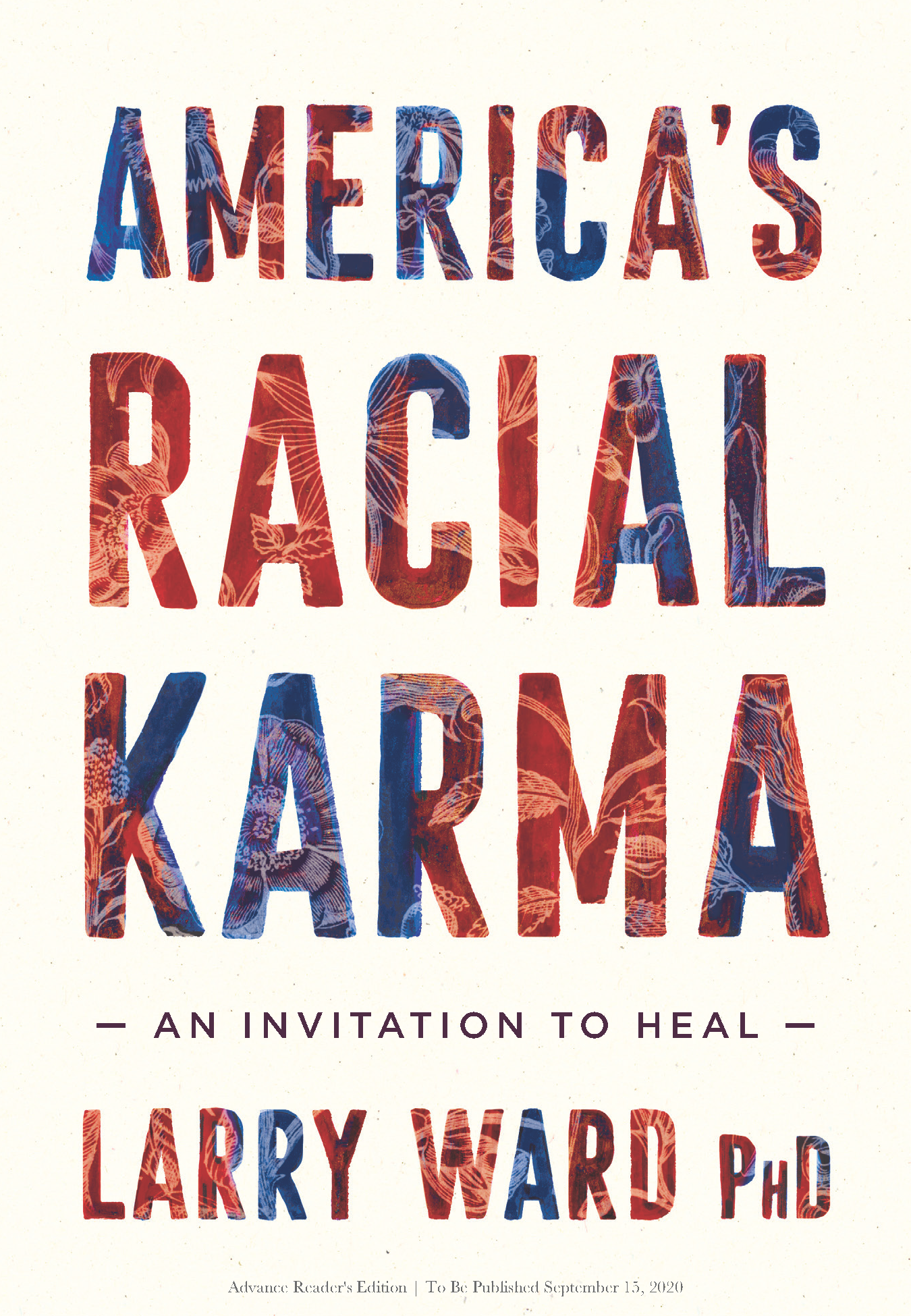
America’s Racial Karma: An Invitation to Heal

American on Fire
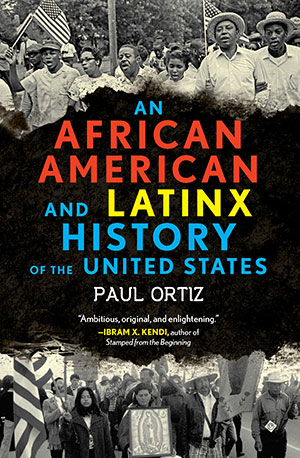
An African American and Latinx History of the United States (ReVisioning American History)
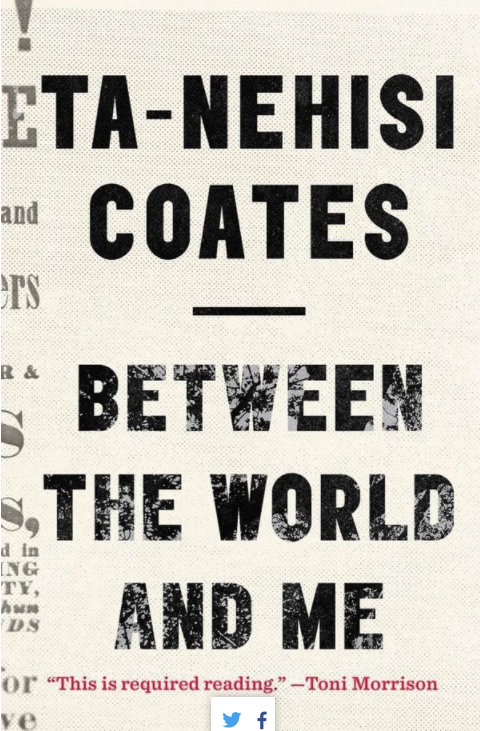
Between the World and Me

Beyond Wage Slavery

Citizen and Subject

Critical Race Theory

Dark Times

Defending My Enemy: American Nazis, the Skokie Case, and the Risks of Freedom
In 1977, Frank Collin, leader of the National Socialist Party of America, sought to hold a Nazi march in Skokie, Illinois. In this Chicago suburb, over half the population was Jewish, and many were victims of the Holocaust in Europe.
The proposed march sparked a host of legal challenges. Skokie asked for an injunction to prevent the Nazis from marching, and new ordinances were adopted to block the march. Collin applied to hold a march on a later date, but was denied.
An ACLU lawsuit was brought in federal court seeking to invalidate the ordinances put in place to prevent the Nazi march. In the end, the Nazis did not march in Skokie, but in 1978 the Illinois Supreme Court ruled in defense of free speech rights for all.
The ACLU was severely weakened by a backlash from seemingly liberal groups who conveniently ignored their liberal principles when the targets of censorship were their own perceived enemies.
Writing from his perspective as national executive director of the ACLU, Aryeh Neier tells the story, and ponders the consequences, of Skokie and other cases in which the enemies of freedom claim for themselves rights that they would (often with the best of intentions) deny to other enemies of freedom.

Democracy in America

Diminished Democracy

Emancipation Betrayed
Contrary to previous claims that African Americans made few strides toward building an effective civil rights movement during this period, Ortiz documents how black Floridians formed mutual aid organizations—secret societies, women’s clubs, labor unions, and churches-to bolster dignity and survival in the harsh climate of Florida, which had the highest lynching rate of any state in the union. African Americans called on these institutions to build a statewide movement to regain the right to vote after World War I. African American women played a decisive role in the campaign as they mobilized in the months leading up to the passage of the Nineteenth Amendment.
The 1920 contest culminated in the bloodiest Election Day in modern American history, when white supremacists and the Ku Klux Klan violently, and with state sanction, prevented African Americans from voting. Ortiz’s eloquent interpretation of the many ways that black Floridians fought to expand the meaning of freedom beyond formal equality and his broader consideration of how people resist oppression and create new social movements illuminate a strategic era of United States history and reveal how the legacy of legal segregation continues to play itself out to this day.
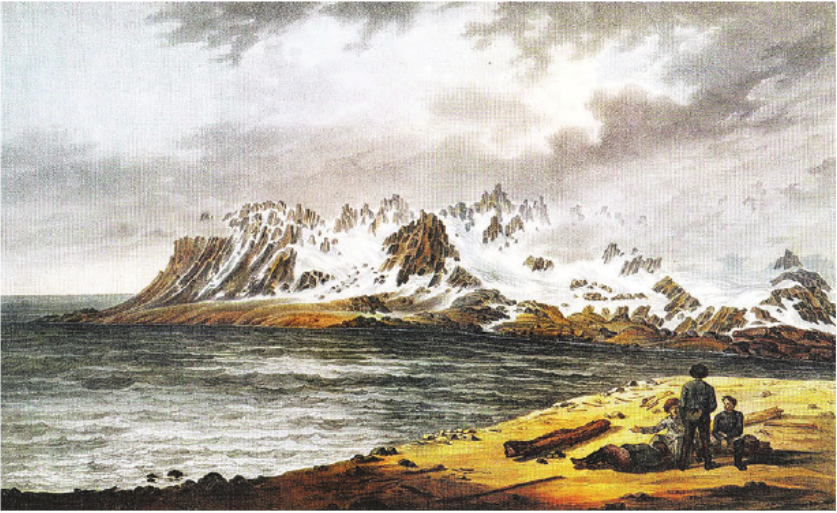
Geography, Race and the Malleability of Man: Karl Von Baer and the Problem of Academic Particularism in the Russian Human Sciences

Give Me Liberty!
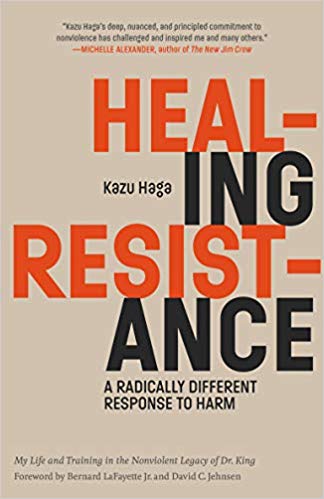
Healing Resistance: A Radically Different Response to Harm
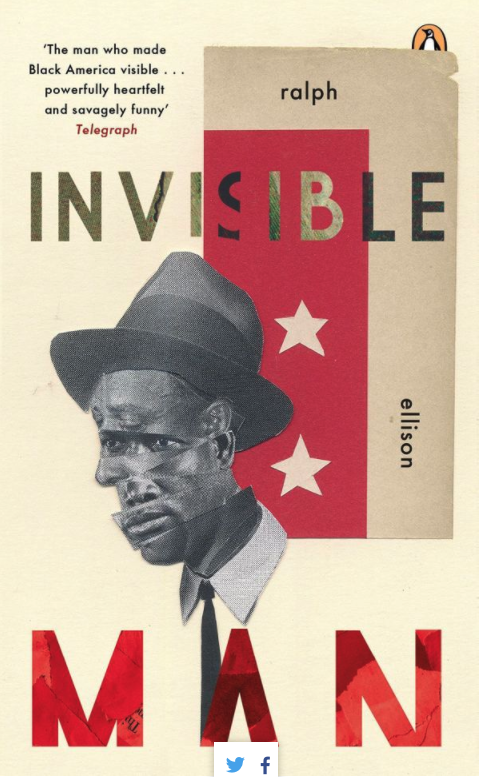
Invisible Man

La Seconde Revolution Tranquille
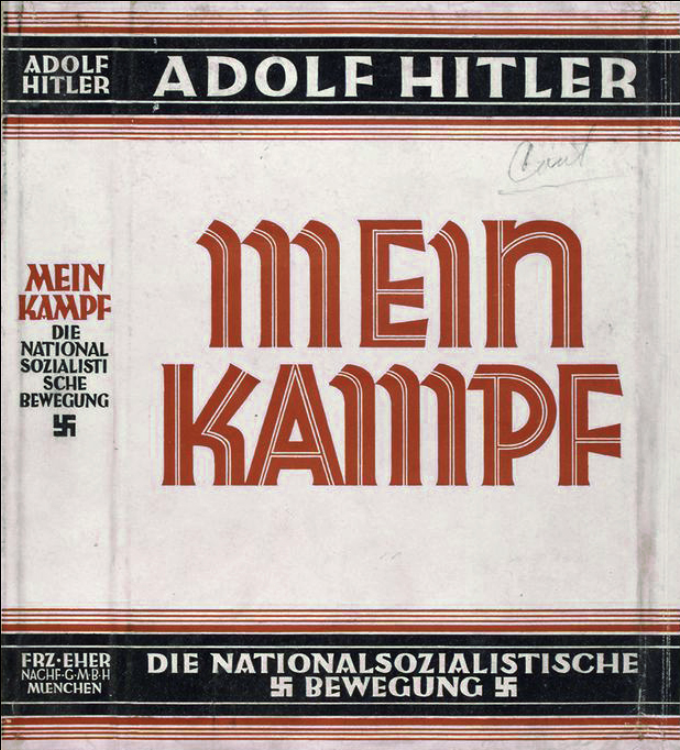
Mein Kampf (My Fight)
Although Hitler originally wrote Mein Kampf for the at that time small group of followers of National Socialism, it grew in popularity after he rose to power. Hitler had made about 1.2 million Reichsmarks from the book by 1933 (equivalent to €4,714,299 in 2009), when the average annual income of a teacher was about 4,800 Marks (equivalent to €18,857 in 2009). He accumulated a tax debt of 405,500 Reichsmark (roughly in 2015 1.4 million EUR) from the sale of about 240,000 copies before he became chancellor in 1933 (at which point his debt was waived).
Hitler began to distance himself from the book after becoming chancellor of Germany in 1933. He dismissed it as “fantasies behind bars” that were little more than a series of articles for the Völkischer Beobachter, and later told Hans Frank that “If I had had any idea in 1924 that I would have become Reich chancellor, I never would have written the book.” Nevertheless, Mein Kampf was a bestseller in Germany during the 1930s. During Hitler’s years in power, the book was in high demand in libraries and often reviewed and quoted in other publications. It was given free to every newlywed couple and every soldier fighting at the front. By 1939 it had sold 5.2 million copies in eleven languages. By the end of the war, about 10 million copies had been sold or distributed in Germany.
- A variety of restrictions, annotations or special circumstances apply in many countries.
- The U.S. government seized the copyright in September 1942 during the Second World War under the Trading with the Enemy Act
- The government of Bavaria, in agreement with the federal government of Germany, refused to allow any copying or printing of Mein Kampf in Germany. It also opposed copying and printing in other countries, but with less success.
- Under German copyright law, the entire text entered the public domain on January 1, 2016, 70 years after the author’s death.
- In 1999, the Simon Wiesenthal Center documented that the book was available in Germany via major online booksellers such as Amazon and Barnes & Noble. After a public outcry, both companies agreed to end these sales to addresses in Germany.
- In March 2020, Amazon banned sales of new and second-hand copies, and several other Nazi publications, on its platform.
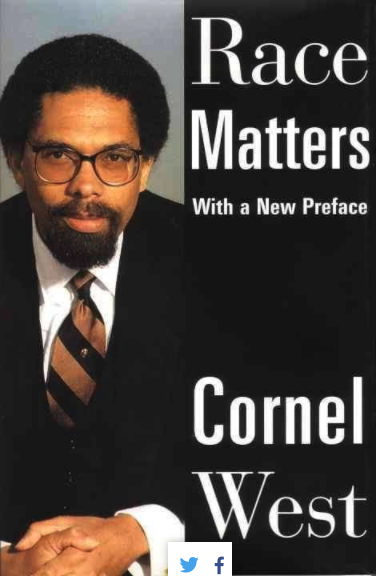
Race Matters

Remembering Jim Crow

Resurrecting Empire
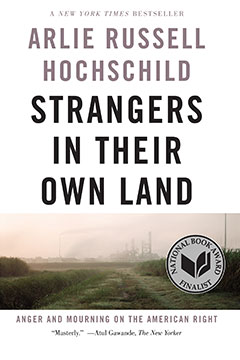
Strangers in Their Own Land: Anger and Mourning on the American Right
When Donald Trump lost the 2016 presidential election, and won the presidential college selection, a bewildered nation turned to Strangers in Their Own Land to understand what Trump voters were thinking when they cast their ballots.
Arlie Hochschild, one of the most influential sociologists of her generation, had spent the preceding five years immersed in the community around Lake Charles, Louisiana, a Tea Party stronghold.
As Jedediah Purdy put it in the New Republic, “Hochschild is fascinated by how people make sense of their lives… [Her] attentive, detailed portraits…reveal a gulf between Hochchild’s ‘strangers in their own land’ and a new elite.”
Already a favorite book in communities and on campuses across the country and called “humble and important” by David Brooks and “masterly” by Atul Gawande, Hochschild’s book has been lauded by Noam Chomsky, New Orleans mayor Mitch Landrieu, and countless others.

Tears We Cannot Stop
As the country grapples with racist division at a level not seen since the 1960s, one person’s voice soars with conviction and compassion. In his 2016 New York Times op-ed piece “Death in Black and White,” Michael Eric Dyson moved a nation. Now he continues to speak out in Tears We Cannot Stop―-a provocative and deeply personal call for change. Dyson argues that if we are to make real racial progress we must face difficult truths, including being honest about how black grievance has been ignored, dismissed, or discounted.
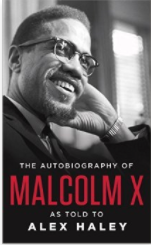
The Autobiography of Malcolm X

The Devil’s Chessboard: Allen Dulles, the CIA, and the Rise of America’s Secret Government
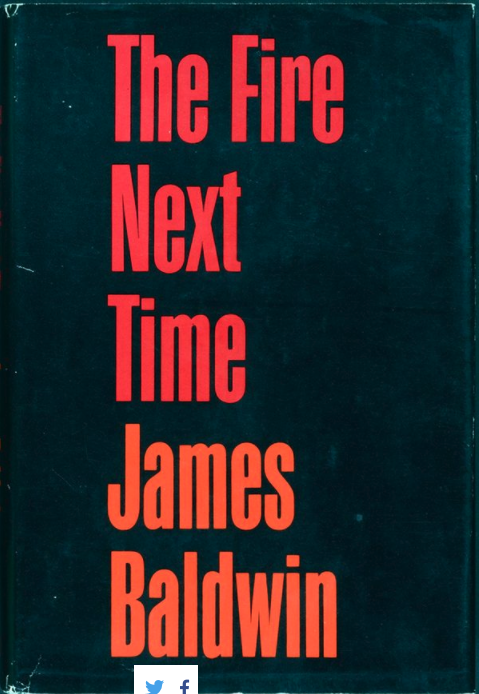
The Fire Next Time

The Fire This Time: A New Generation Speaks About Race
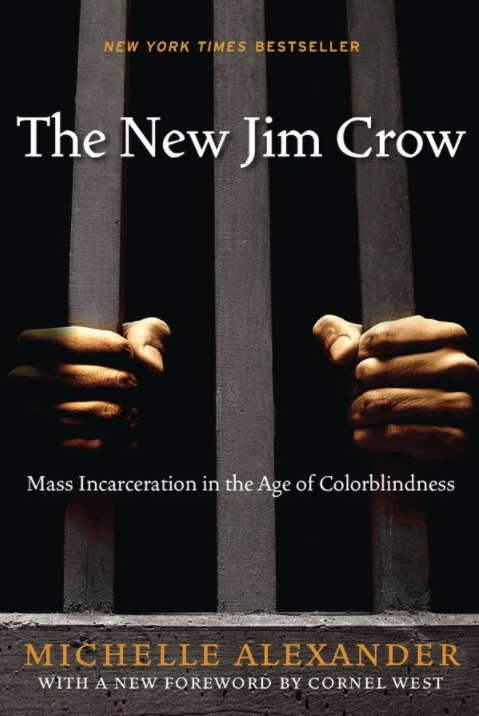
The New Jim Crow: Mass Incarceration in the Age of Colorblindness

The Port Huron Statement
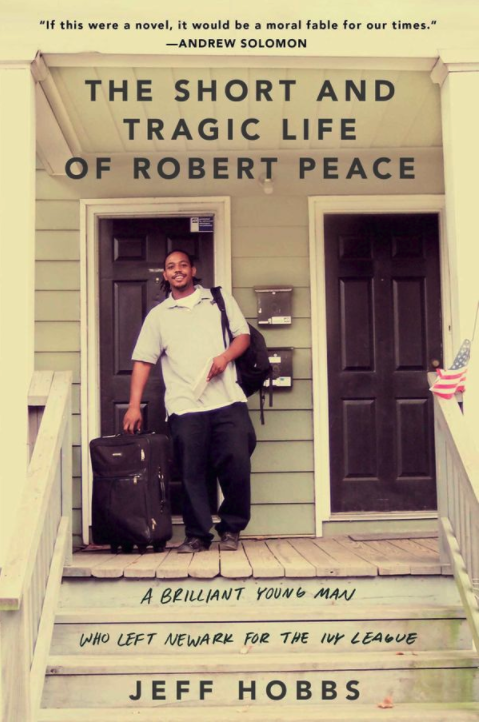
The Short and Tragic Life of Robert Peace

The Wisdom of W.E.B. Du Bois
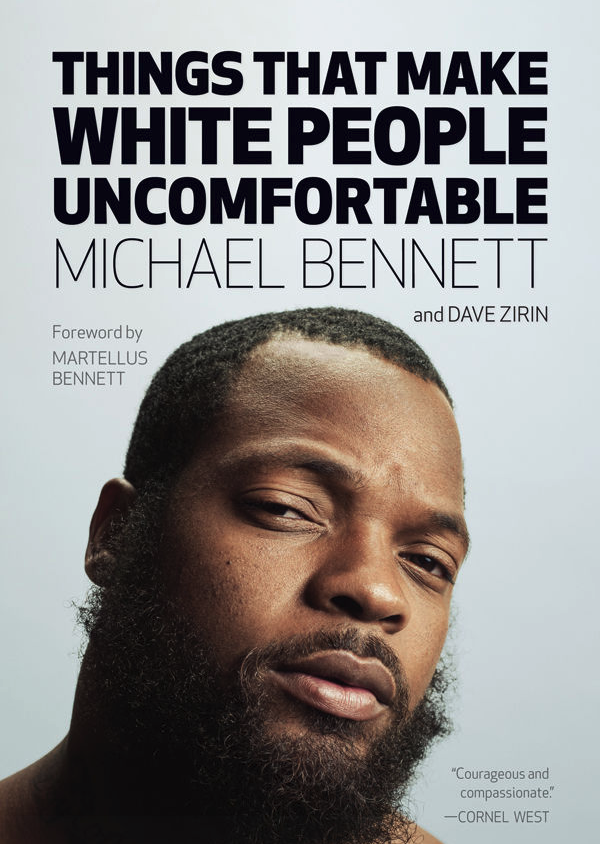
Things That Make White People Uncomfortable
Written with award-winning sportswriter and author Dave Zirin, Things That Make White People Uncomfortable is a sports book for our times, a sports memoir and manifesto as hilarious as it is revealing.
Bennett, a defensive end for the Seattle Seahawks, has gained international recognition for his public support for the Black Lives Matter Movement and women’s rights. Bennett donates all his endorsement money and half of the proceeds from his jersey sales to fund health and education projects for poor underserved youth and minority communities, and has recently expanded his reach globally to provide STEM programming in Africa.
Dave Zirin has been called the “finest, most important writer on sports and politics in America,” by Dr. Cornel West, Professor of the Practice of Public Philosophy at the Harvard Divinity School. He is sports editor for The Nation and author of several titles for Haymarket Books, including his critically acclaimed book The John Carlos Story, written with 1968 Olympian John Carlos.

We the People
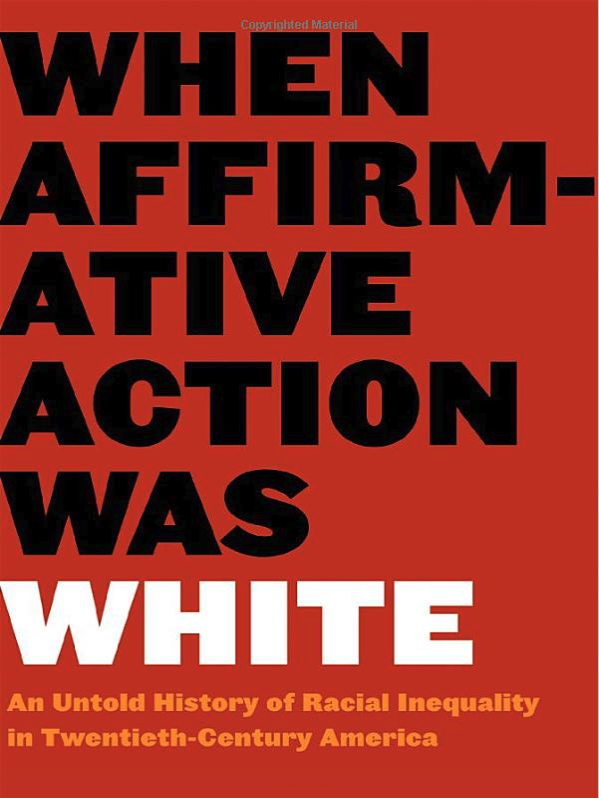
When Affirmative Action Was White: An Untold History of Racial Inequality in Twentieth-Century America
Copyright (c) 2024, Ron Liskey



